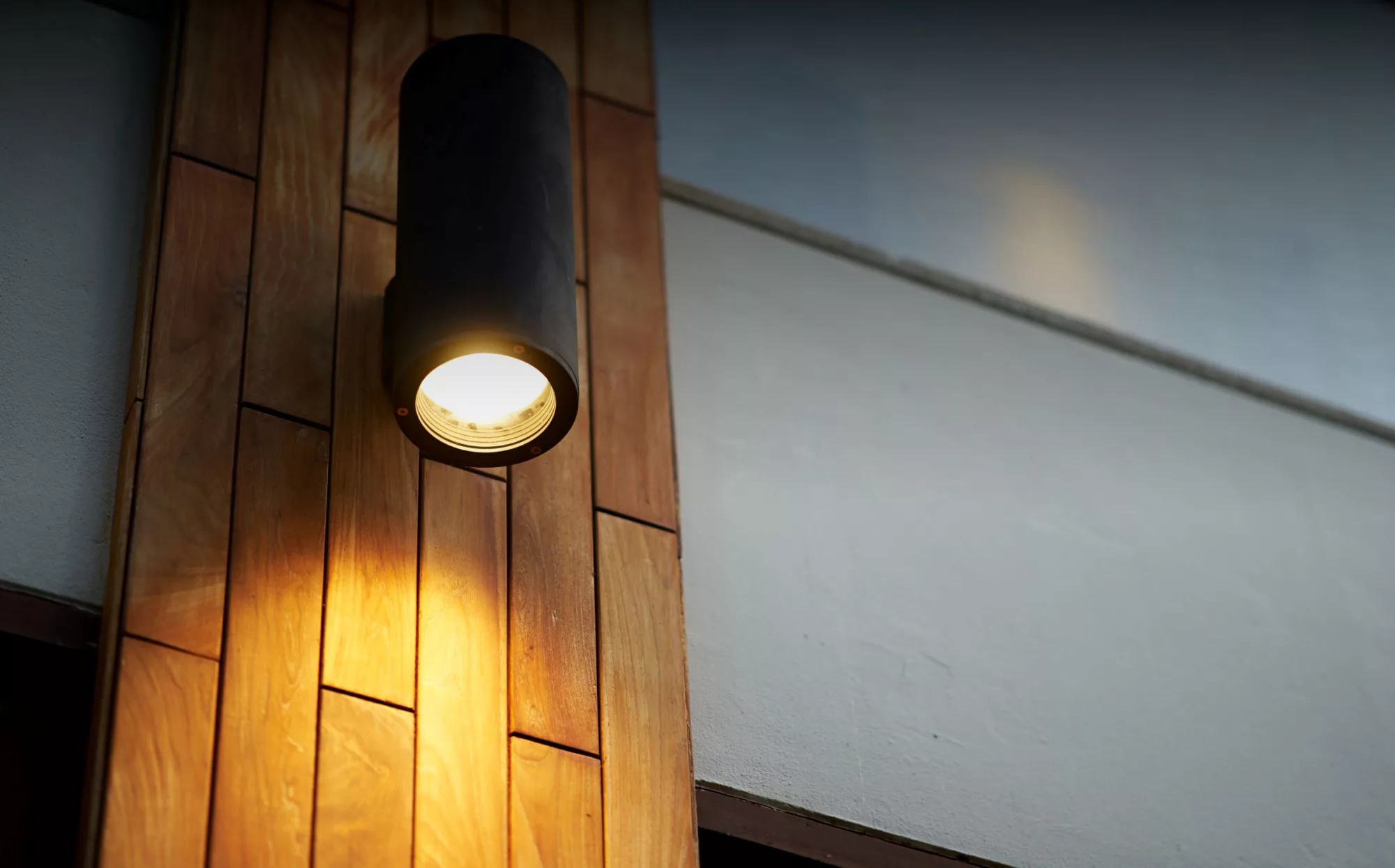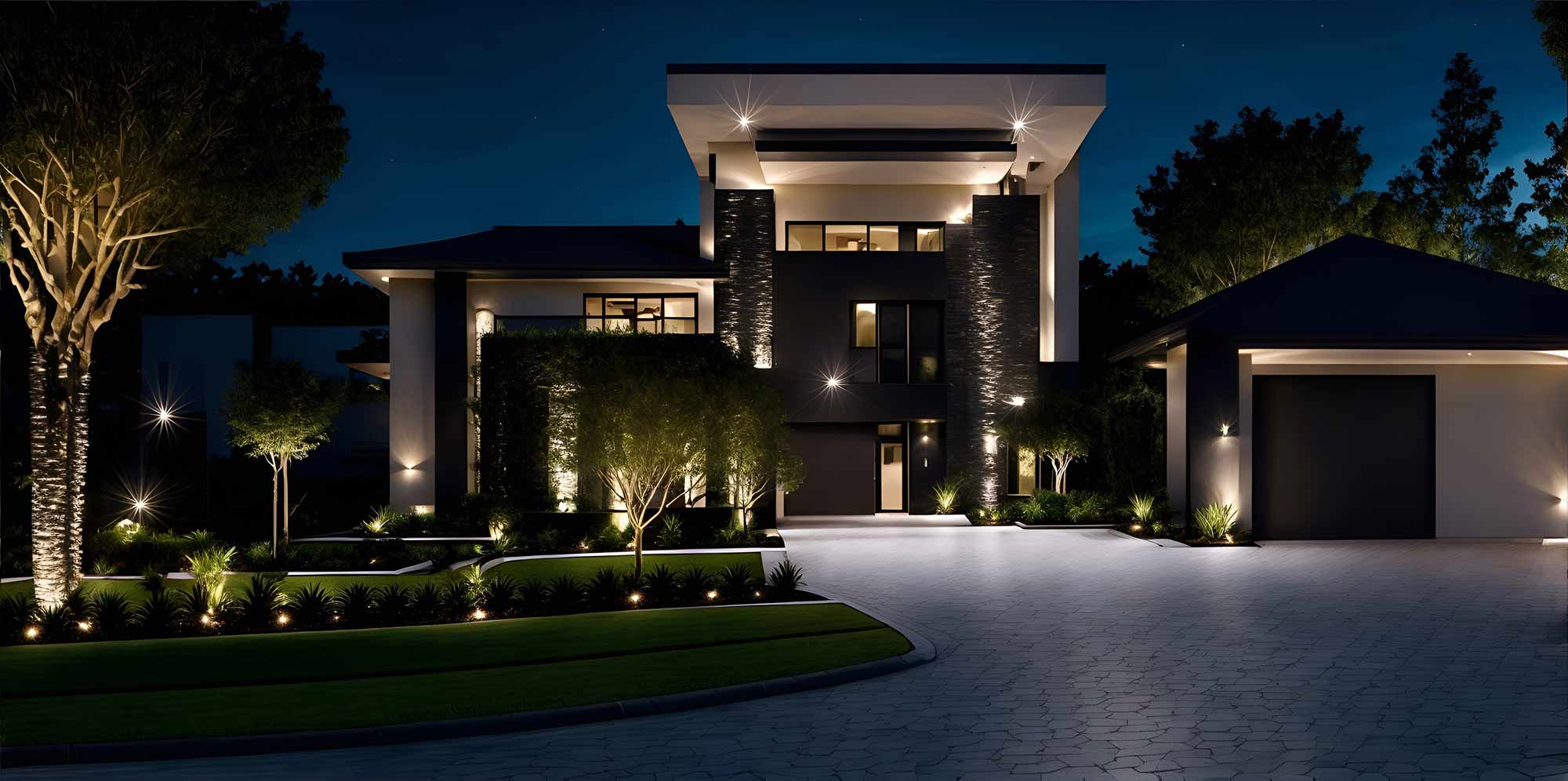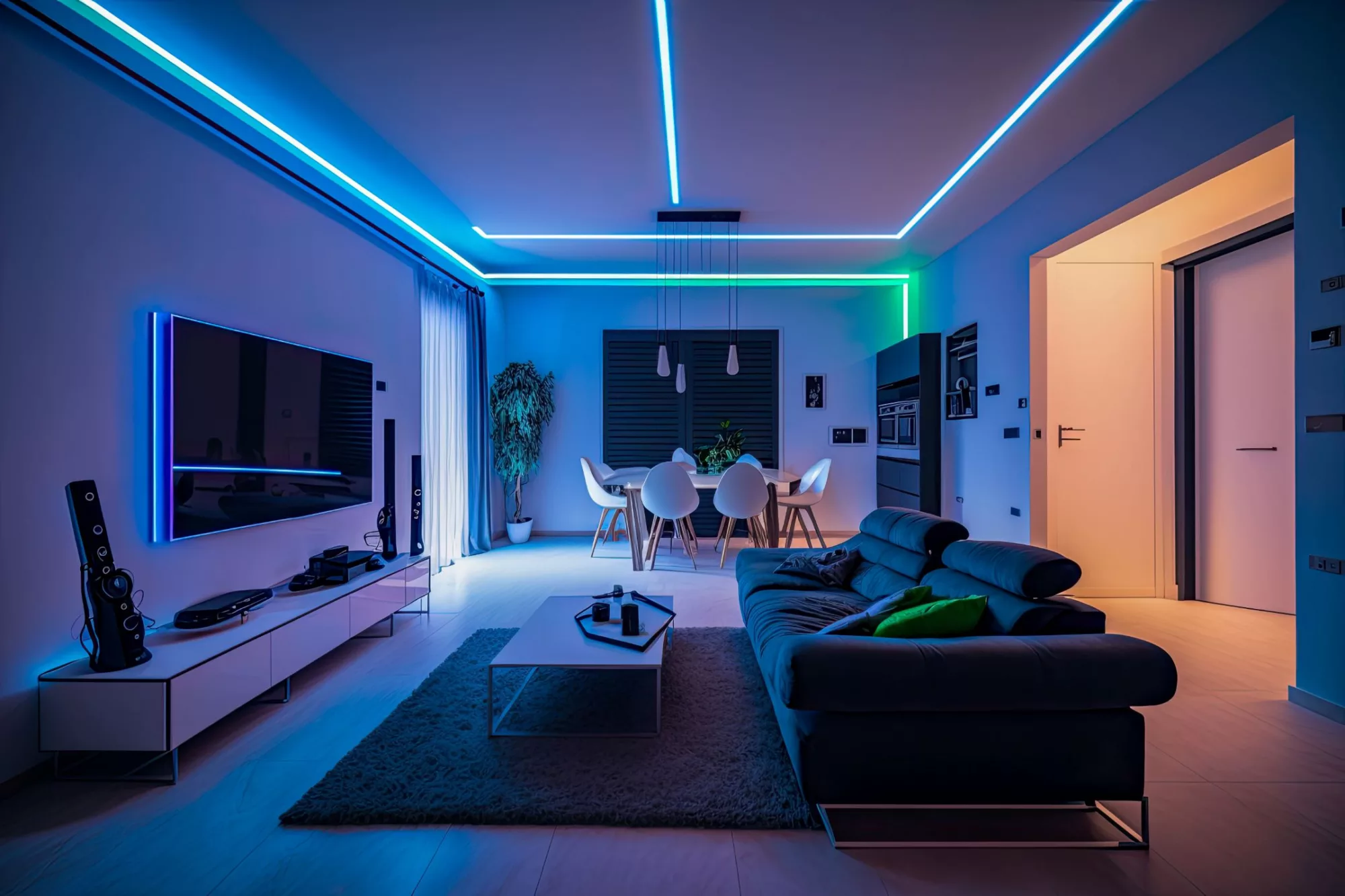Low voltage landscape lighting became prominent in the residential market during the 1950s. This period marked the beginning of its widespread adoption for home...
Even the sunniest of houses will have darker areas. And lighting those rooms successfully might be a demanding task.
You need to create a scheme that will provide you with sufficient illumination and gives you the ability to adjust the mood of lighting to match your tasks and emotions.
There are many reasons why a room may be dark. One of the most common: small windows, or lack of windows. Sometimes the building is north-facing, or some external features create shade for most of the day.
Whatever the issue is, clever lighting design is needed. That’s why I want to share a few tips I’ve learned while working as a lighting designer.
1. What is the Purpose of the Room?
Some general rules can be applied to every space in the house; however, to get the most out of your effort, you need to know the role of the space. Imagine yourself utilizing the space to do your task. Is it your entertainment room, or your private space where you want to hide and have some time alone, read a book, play the piano, etc. Whatever that is, you need to know that first.
Let me use an example. You write in your journal and read your favorite books in this room. Make sure you think about task lighting. Desk lighting might not be enough in dark rooms. The solution might be recessed lights with narrow beams over your cozy chair or desk.
In the kitchen, you will need good lighting to provide sufficient lighting to prepare your meal.
When choosing the lights, remember to check the CRI index. The higher the CRI, the more accurate colors will be.
With all that being said, put a little time into planning your space before you start planning your room’s lighting layout. It will take longer initially but save you time and money in the long run.
2. The Magic of Mirrors
Lighting fixtures generate light, but some tricks can be used to distribute light. In that case, I am talking about mirrors. Adding mirrors will enhance the daylight that reaches a dark room, making the room appear brighter. Mirrors will make any space look bigger, brighter, and more dramatic. If possible, add big, fixed mirrors on the long walls. Floor-standing mirrors can also be moved around the space to create a different feeling.
Mirrors will boost both natural and artificial lighting. You can position them behind the table lamps or on the wall in line with pendant fixtures.
3. The Power of Downlights
Downlights are a common solution in residential and commercial applications. A lighting designer can help you pick the proper depth of the fixture and color of the trim, allowing those lights can blend smoothly with the design. Downlights come in a few different beam options, which can be distributed throughout the area to provide the light needed in this specific area of the room. For example, small downlights installed in the corner of the room can create the illusion of daylight. For better effect, think about installing the dimmers instead of the switches, so you can control the intensity of the light during the day.
If you wish to have your lights on a dimmer, ensure that your lights are dimmable. That information is usually in the specification of each light.
4. Consistency in Colors
If you want to use LED lighting in any room, not only in dark areas, ensure they all have the same color temperature. Color temperature is stated in Kelvins. If you install a mix of cold and warm LED lights in the same space, it will give you a headache and not be aesthetically pleasant. The best solution is to go for lights that can be dimmed. Therefore if you need colder and brighter light in the morning, you don’t have to automatically resign from a warm, relaxing glow in the evening. With the dimmers, you can have it all. And it’s always better to have options.
5. Illumination of Low Ceilings
The room can sometimes seem dark because the ceiling is low. This can often be the case in basements. Pendant lights will lower the ceiling even more. Installation of recessed lights into a void in the ceiling might be your perfect solution. LED lights will create ambient light and the feeling of a bright room. Those kinds of light are ideal for winding down in the evening.
6. Wall Washers and Bright Wall Color
Another great solution, but not only for the areas with lower ceilings. Lights directed toward the bright wall will give the room more luminance. The key is to have bright-colored walls, and physics will do the work. This type of installation provides the space with a more sophisticated feeling and will create a cozy atmosphere for long evenings with a Glass of wine, or your favorite book.
7. Think Horizontals and Verticals
Think about illumination in a three-dimensional way. The key to excellent illumination of the dark space is to create as many sources of warm light as possible. Plan installation of the different lighting fixtures at different levels. For the shady corners, table or floor lamps will be ideal. If you don’t have a low ceiling in the room, consider installing a chandelier with glass elements in the center. Glass will help the light bounce across the space.
8. Select Suitable Lampshades
Do not even look at dark lampshades if you want to create a feeling of bright space. The fabric of the shade creates an ambient glow. Check in the store how much light and what color is being illuminated through the fabric of the lampshades. Consider choosing a metallic lampshade. Gold will create a warmer tone of light. Similarly, the cream lining will make softer light. Silver lampshades will reflect light in colder tones.
Brightening dark rooms might be challenging because you need to apply complex solutions, but at the same time, this is a fun and creative time. Go for bright colors, add a few layers of lights, use mirrors, and pay attention to the color temperature of your lighting. Start with planning how you will use the space. Imagine doing specific tasks in the space, and you will know what will work best for you.
Patrycja Glod
Lighting Designer




